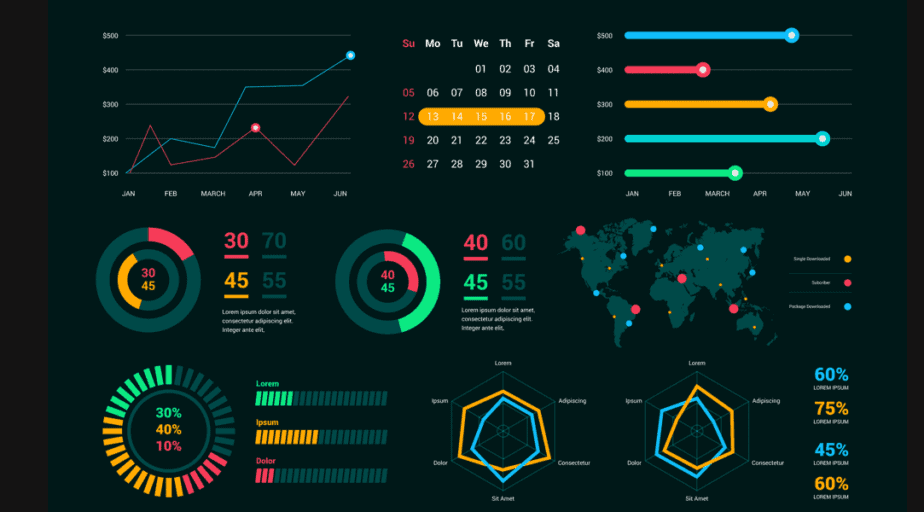Introduction
In today’s digital-first world, organizations are generating massive amounts of interconnected data. Traditional relational databases (SQL) often struggle when it comes to storing and analyzing these complex relationships.
This is where Graph Databases like Neo4j and TigerGraph provide a revolutionary solution, especially for social networks, e-commerce, fraud detection, and knowledge graphs.
What Makes Graph Databases Different?
Instead of using rows and tables like relational databases, Graph Databases use nodes and edges:
-
Nodes → People, products, accounts, or any entity.
-
Edges (Relationships) → Connections between nodes (friendship, transactions, likes).
👉 This design mirrors real-world relationships, making graph databases more intuitive and faster for relationship-heavy queries.
Why Social Networks Depend on Graph Databases
Social networks like Facebook, Twitter, LinkedIn, and Instagram thrive on relationships. Every feature—from “friend suggestions” to “who liked your post”—requires analyzing millions of interconnected data points.
Examples of graph use in social networks:
-
Friend Recommendations – “People You May Know” uses friend-of-friend analysis.
-
Content Ranking – Instagram & TikTok show content based on who you follow and engage with.
-
Community Detection – Facebook groups or LinkedIn communities cluster around shared interests.
Traditional databases would take minutes or hours; graph databases return results in milliseconds.
Neo4j: The Popular Choice for Graph Databases
Neo4j is the most widely adopted open-source graph database.
🔹 Key Features:
-
Query language: Cypher (human-friendly & easy to learn).
-
Strong community support.
-
Great for small to medium-sized projects.
🔹 Popular Use Cases:
-
Fraud Detection (banking & finance).
-
Recommendation Engines (e-commerce, streaming).
Social Network Analysis.
igerGraph: Built for Enterprise-Scale Graph Data
TigerGraph is designed for massive datasets, making it perfect for enterprises.
🔹 Key Features:
- Handles billions of nodes and edges.
- Query language: GSQL (powerful & flexible).
- AI/ML integration for advanced analytics.
- Popular Use Cases:
-
Telecom Networks – Analyzing billions of call records.
-
Healthcare – Patient-drug-doctor relationships.
-
Large Social Platforms – Real-time friend suggestions, trending topic analysis.
👉 Example: LinkedIn could use TigerGraph to calculate mutual connections across hundreds of millions of users in real-time.
Real-World Applications of Graph Databases
✅ Social Media – Facebook (friend graph), Twitter (follower graph).
✅ E-commerce – Amazon’s “Recommended for You.”
✅ Banking – Fraud detection via transaction patterns.
✅ Healthcare – Patient-medication-outcome tracking.
✅ Search Engines – Google’s Knowledge Graph.
Advantages of Graph Databases
-
Speed – Handles complex queries in milliseconds.
-
Relationship-first Approach – Perfect for social & connected data.
-
AI Integration – Ready for machine learning & predictive analytics.
-
Scalability – From millions to billions of relationships.
Future of Graph Databases
With the rise of AI, recommendation engines, and social media platforms, graph databases are becoming essential.
AI will rely on graph-based knowledge representation.
Businesses will use them for real-time personalization.
Graph databases will power the next generation of search engines.



